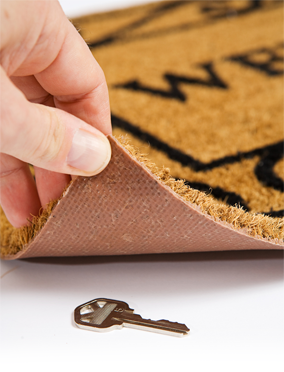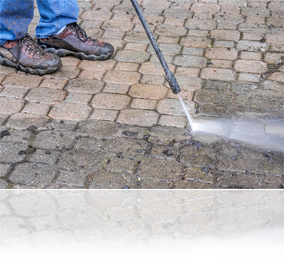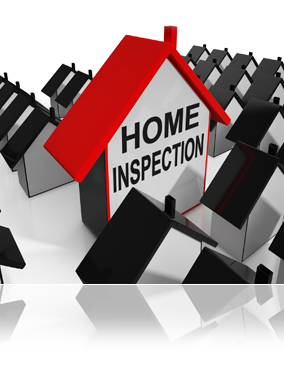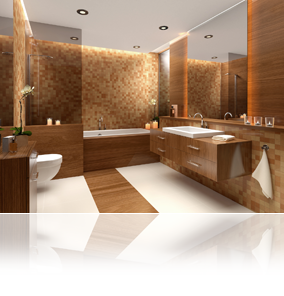You put your home up for sale. You work hard to make it look attractive to potential buyers. Then, you finally get an offer.
But there’s a catch. The offer comes with a string or two attached… a couple of “conditions”. Should you be worried?
First of all, don’t panic. It’s common for offers to come with a condition or two. Sometimes an offer is conditional upon the buyer securing appropriate financing, or your property passing a home inspection.
These types of conditions are usually dealt with in just a few days and then the offer becomes firm. (In other words, you’ve likely sold your house!)
However, there are some types of offers that can be worrisome. For example, a buyer may make an offer to buy your home “conditional” upon him selling his current home for a specific price. Of course, there is the concern that the buyer won’t sell his home. Then the deal will fall through and you’ll have to put your home back on the market.









